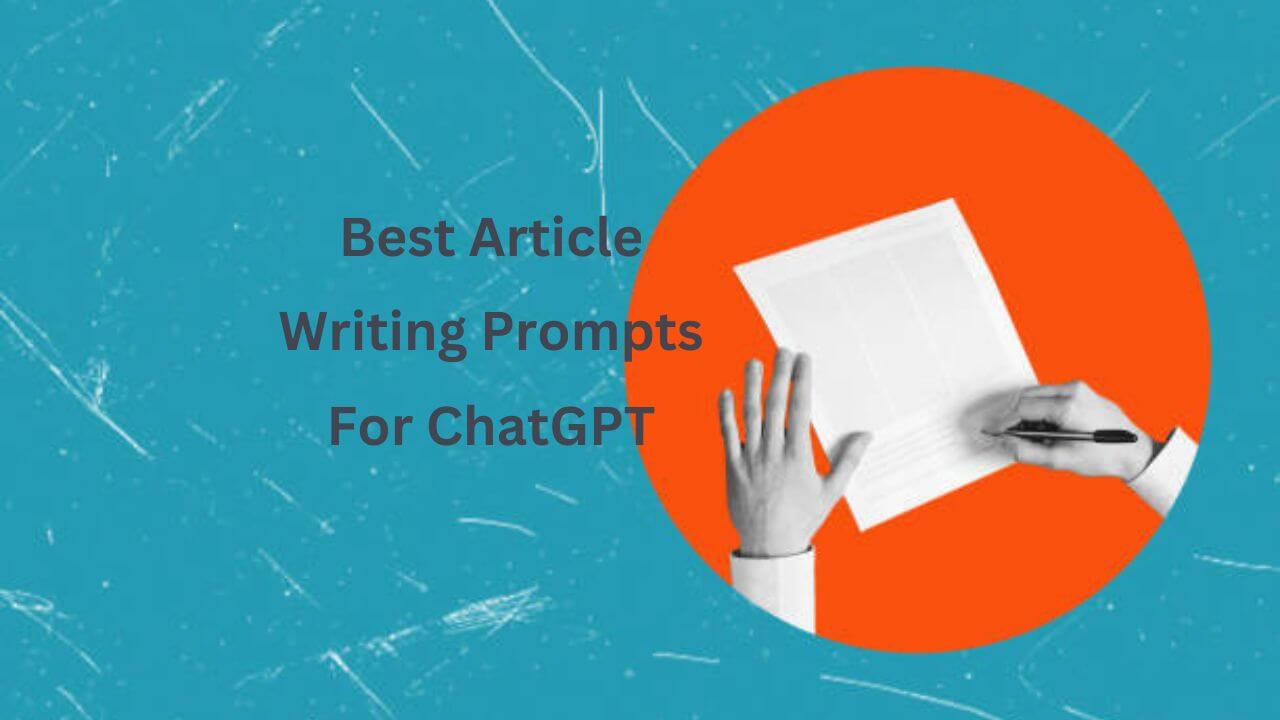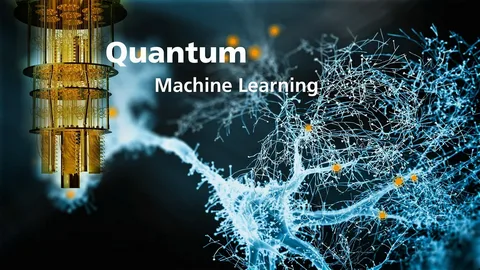How to Use AI to Predict Natural Disasters?
Natural disasters like earthquakes, hurricanes, floods, and wildfires have induced mammoth destruction all through human information. While we can’t prevent these activities, contemporary-day generation—specifically Artificial Intelligence (AI)—is helping us are looking ahead to them with more accuracy.

Use AI to predict natural disasters are a game-changer, permitting scientists and emergency responders to investigate giant amounts of real-time statistics and problem early warnings. This can store endless lives, limit damage, and enhance disaster preparedness.
Pre-trained multi-task generative AI models can enhance natural disaster prediction through learning from multiple types of data, including climate reviews; satellite TV for pc images, and seismic activity, to offer faster and extra accurate forecasts.
In this article, we will discover how to use AI to predict natural disasters, the technology at the back of it, its applications, demanding situations, and future prospects.
AI Predicting Natural Disasters: How It Works
What is AI and How is It Used for Disaster Prediction?
Artificial Intelligence (AI) refers to machines that can make thinking, learning, and options based on information analysis. When applied to disaster management, AI can:
- Process satellite and sensor data to detect environmental changes.
- Analyze climate styles to predict storms and hurricanes.
- Detect seismic activity to forecast earthquakes.
- Monitor social media for actual-time disaster reviews.
By using machine learning, huge records analytics, and predictive modeling, AI has considerably stepped forward catastrophe forecasting and response.
How to Use AI to Predict Natural Disasters Dataset: The Backbone of AI Forecasting
For AI to make correct predictions, it relies on big datasets containing ancient and real-time data approximately past failures.
Key Datasets for Disaster Prediction
📌 NOAA Climate Data – Monitors global climate and extreme weather patterns.
📌 USGS Earthquake Database – Tracks seismic activity to predict earthquake.
📌 NASA Earth Observing System – Satellite uses imagery to monitor natural threats.
📌 Copernicus Emergency Management Service – Provides catastrophe information for worldwide monitoring.
These datasets allow AI to pick out styles, expect developments, and trouble early warnings earlier than a catastrophe happens.
How to Use AI to Predict Natural Disasters with Technology: AI Role in Disaster Forecasting
Modern technology plays an important role in natural disaster prediction and management. AI-powered structures integrate multiple statistics resources and superior computing strategies to offer quicker and extra correct forecasts.
Key Technologies Used in AI Disaster Prediction
🚀 Seismic Monitoring – AI detects unusual seismic activity to predict earthquakes.
🚀 Satellite Imaging – Tracks hurricanes, floods and wildfires in actual time.
🚀 Machine Learning Models – Uses past disaster facts to predict future occasions.
🚀 Crowdsourced Reports – Analyzes social media posts to track real-time emergencies.
By integrating these technologies, AI is making disaster prediction more precise and accessible.
How to Use AI to Predict Natural Disasters in Machine Learning
Machine learning (ML) is on the middle of AI-driven disaster prediction. It enables computers to learn from historical disaster data and improve their forecasting accuracy over time.
How Machine Learning Helps in Disaster Prediction
🧠 Training on Historical Data – AI models analyze past disasters to detect patterns.
⚡ Algorithm Optimization – Neural networks and decision trees refine prediction accuracy.
📊 Real-Time Analysis – AI continuously processes new data for instant alerts.
For instance, Google and Harvard have developed an AI model for earthquake aftershock prediction, which outperforms conventional forecasting techniques.
How to Use AI to Predict Natural Disasters in Python
Python is a popular programming language for the manufacture of AI-operated disaster prediction model.
Python Libraries for Disaster Prediction
💻 TensorFlow – Used for deep learning in disaster prediction.
💻 Scikit-Learn – Helps with machine learning data analysis.
💻 Pandas – Organizes and processes large datasets.
💻 Matplotlib – Creates visual representations of disaster forecasts.
For hands-on coding, check out this GitHub repository on AI disaster prediction.
How Can AI Be Used to Prevent Floods, Wildfires, and Other Natural Disasters?
AI does not just expect disasters—it helps you to protect them to identify additional caution signals and symptoms and to customize response techniques.
AI Applications in Disaster Prevention
🌊 Flood Prevention – AI monitors water levels and detects dam failures before they arise.
🔥 Wildfire Detection – AI-powered sensors perceive excessive-hazard fireplace zones.
🌪 Hurricane Tracking – AI predicts typhoon functions and facilitates with evacuation scheme.
AI can be taken by governments and emergency corporations by integrating at prevention systems of destruction active measures to reduce risks.
How AI Predicts Various Natural Disasters
Natural failures such as earthquakes, floods, wildfires, storms, and tsunamis cause havoc worldwide. The prediction of these phenomena is traditionally dependent on historical data, meteorological models, and professional analysis. However, with advancements in Artificial Intelligence (AI), forecasting those failures has end up quicker, more accurate, and extraordinarily data-driven.
AI-powered systems use machine learning, big data analytics, and real-time monitoring to analyze massive datasets from satellites, seismic sensors, and weather stations. This article explores how AI predicts different natural failures and enhances early caution systems to save lives and infrastructure.
1. Earthquake Prediction
Earthquakes strike with out warning, but AI is assisting scientists forecast them more accurately.

How AI Predicts Earthquakes
Earthquakes are one of the most unpredictable natural failures, occurring with out warning and inflicting big destruction. However, AI-powered seismic monitoring systems are improving our ability to detect early warning symptoms.
AI-Powered Earthquake Prediction Techniques
🔹 Seismic Activity Monitoring –AI techniques actual-time seismic wave facts to stumble on uncommon underground movements. By studying micro-seismic tremors, AI can become aware of styles that imply a capacity earthquake.
🔹 Deep Learning Models – AI systems trained to analyze on thousands of past earthquakes patterns to use neural networks to recognize warning signs of future forecast seismic events.
🔹 Google & Harvard’s AI Model – A neural network deep-gaining knowledge of version trained on 131,000 earthquakes appropriately predicts aftershocks, outperforming traditional strategies.
🔹 AI-Driven Early Warning Systems – Countries like Japan and Mexico make use of AI-powered seismic networks to offer earthquake alerts within seconds, giving human beings vital time to take cover.
👉 Imagine living in an earthquake-prone area and receiving an AI-driven alert minutes before a quake strikes—that’s the future AI is making possible.
2. Flood Prediction
Floods are among the most devastating natural disasters, causing billions in damages annually. AI is remodeling flood forecasting.

How AI Predicts Floods
Floods are some of the most frequent and destructive natural failures, which affect millions of millions globally. It is difficult to predict floods due to unexpected rainfall, river overflow, and climate variations.
AI-Powered Flood Forecasting
🌊 Google’s Flood Forecasting AI – Uses weather information, satellite TV for pc imagery, and river drift evaluation to are expecting early floods warnings.
🌊 Satellite & Drone Data – AI processes real-time drone and satellite photos to monitor river water levels, converting landscapes and dam conditions.
🌊 Machine Learning for Rainfall Prediction – AI models analyze rainfall, precipitation styles, humidity levels, and soil absorption rates to predict flash floods and ancient flood data for precise predictions.
🌊 Hydrological AI Models – These models simulate water flow patterns and detect high-risk flood zones.
💧 In India, AI-driven flood alerts have helped evacuate communities in time, drastically lowering casualties and harm and stored thousands of lives by means of imparting timely warnings.
3. Wildfire Detection
Rising international temperatures are making wildfires greater common and severe. AI is now an important device in wildfire prevention.

How AI Detects Wildfires
With rising global temperatures, wildfires have become more frequent and unfavourable. Traditional detection techniques rely on human observation and fireplace watchtowers, however AI is now revolutionizing wildfire prevention and early detection.
AI-Powered Wildfire Detection & Prevention
🔥 Satellite Imaging & Drones – AI-powered satellite monitoring detects heat anomalies and smoke in real-time. Drones equipped with infrared sensors additionally experiment forests for capacity fires.
🔥 AI Sensors for Fire Detection – AI-pushed air best sensors hit upon wildfire smoke earlier than visible flames seem.
🔥 Crowdsourced Fire Reports – Apps like NOBURN permit users to add pictures of dry plants, helping AI identify excessive-risk fire zones. Mobile apps enable users to record early fire warnings.
🔥 CubeSat Fire Detection – AI-powered mini satellites detect wildfires 500 times quicker than traditional methods.
🔥 With AI, firefighters can obtain signals earlier than a wildfire spreads, allowing quicker response times.
4. Hurricane Tracking
Hurricanes purpose widespread destruction, but AI is drastically improving storm tracking.

How AI Tracks Hurricanes
The Hurricanes causes heavy floods, air damage, and the storm to increase. It is important to predict their intensity and direction for evacuation plan and disaster preparations.
AI’s Role in Hurricane Forecasting
🌪 NASA’s AI-Powered Weather Models – AI analyzes satellite data, ocean temperatures, and wind styles to forecast hurricanes. Monitors hurricane formation and improvement in actual time.
🌪 AI-Powered Weather Forecasting – AI-enhanced models provide faster and greater accurate typhoon tracking than conventional meteorological techniques. Analyzes wind speeds, ocean temperatures, and atmospheric pressure.
🌪 Storm Path Prediction – AI facilitates government expect landfall regions and put together evacuations in which hurricanes will make landfall, permitting quicker evacuations.
🌪 AI offers emergency response teams essential time to put together, lowering loss of lifestyles and assets damage.
5. Tsunami & Volcanic Eruption Warnings
AI is now being used to predict tsunamis and volcanic eruptions with the aid of analyzing seismic pastime and underwater stress modifications.

How AI Predicts These Disasters
Tsunamis and volcanic eruptions are many of the maximum unfavorable natural failures. AI is now enhancing early warning systems for both.
AI in Tsunami & Volcano Prediction
🌊 IBM Watson & Deep-Sea Sensors – AI-powered deep-sea sensors analyze ocean floor pressure changes, detecting potential tsunamis hours in advance.
🌋 AI Models for Volcanoes – AI approaches historical eruption statistics from past and seismic interest to predict the next one volcanic eruption.
🌋 Real-Time Monitoring with Drones – AI-powered drones monitor ash emissions and seismic tremors for early caution signs and symptoms.
🌊 With AI-driven tsunami and volcano alerts, at- danger populations can evacuate nicely in advance, reducing disaster impact.
Challenges in AI Disaster Prediction
While AI has converted catastrophe forecasting, it nonetheless faces numerous challenges:
🔴 Data Accuracy Issues – AI predictions are simplest as desirable because the records they’re educated on.
🔴 High Costs – Implementing AI disaster prediction systems requires substantial investment.
🔴 AI’s “Black Box” Problem – Some AI models are too complicated, making their choice-making technique difficult to interpret.
Despite those demanding situations, continuous studies and improvement are improving AI’s reliability and accessibility.
Final Thoughts: The Future of AI in Disaster Prediction
AI is revolutionizing natural disaster prediction by making forecasting faster, extra unique, and greater dependable. Whether it’s earthquake detection, flood forecasting, wildfire prevention, storm monitoring, or tsunami prediction with extra accuracy than ever earlier. AI is saving lives and protective groups.
In this article, you learned how to use AI to predict natural disasters. As AI technology maintains to strengthen, its function in disaster prevention, emergency response, and climate resilience will become even more significant. Governments, research institutions, and companies have to invest in AI-driven disaster control systems to guard lives and infrastructure.


